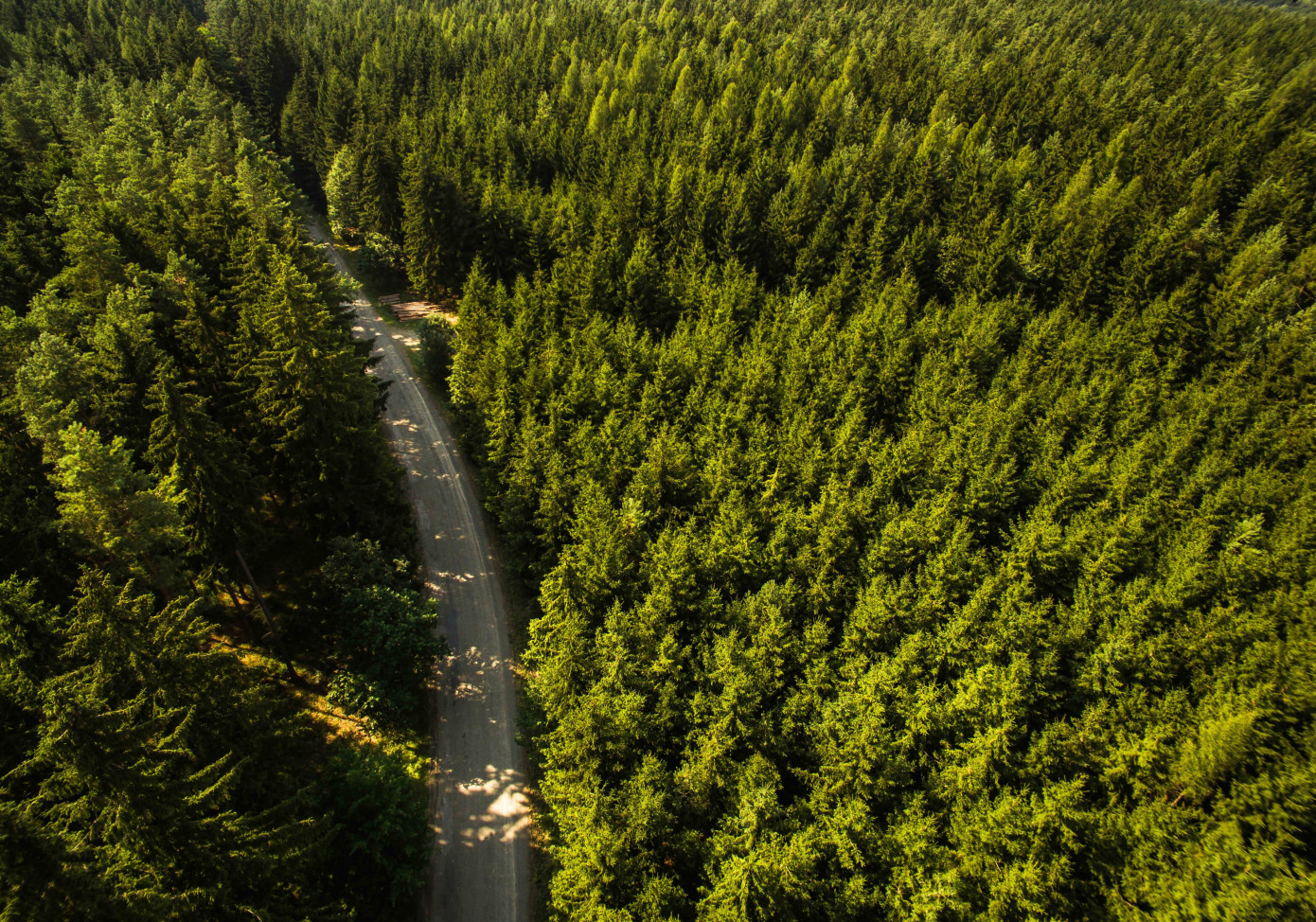The US South timber market experienced a slight decline in stumpage prices during the second quarter of 2024. Following typical seasonal trends, prices for all major products moved less than $1 from the previous quarter's average. According to Timber Mart-South, average stumpage prices have declined quarter over quarter in 16 of the past 20 years. This data underscores a long-term trend of minor fluctuations within the industry.
Scott Reaves, Chief Operations Officer and Director of Forest Operations at Domain Timber Advisors, commented on the market's performance, projecting stability for the rest of the year. "We do not anticipate significant changes or disruptions in southern stumpage prices this year," said Reaves. He noted that demand for timber materials is expected to remain steady, influenced by normal seasonal variations through year-end. Reaves emphasized that investing in timber remains a sound strategy due to its long-term stability and potential for steady returns.
Despite the backdrop of elevated interest rates and inflation, the timber market showed resilience in the second quarter. U.S. housing starts remained steady above the 1.3 million mark, sustaining consistent demand for lumber. This stability, driven by demographic demand, is expected to persist. However, housing starts declined to a seasonally adjusted annual rate of 1,353,000, representing a 4.4% drop from June 2023's rate of 1,415,000, as reported by the U.S. Census Bureau.
In contrast, lumber production saw an increase, attributed to better logging conditions enabled by dryer weather, which boosted log supply. Reaves also highlighted the strength of the land market, with significant interest from non-institutional private buyers who often trade in cash rather than relying on debt.
Reaves noted a robust interest in timberland as an investment asset despite geopolitical and geo-economic uncertainties. "Timberland's strong fundamentals, including a favorable Sharpe ratio and risk-adjusted return profile, make it an attractive option," he stated. The appeal of timberland investments is further enhanced by their ESG benefits and positive impact on biodiversity, such as reintroducing longleaf pine ecosystems and supporting rural economies.
Reaves identified several market trends that investors should monitor closely. In addition to economic returns, concepts such as carbon sequestration and biodiversity are gaining attention. The integration of green energy elements like solar and wind power with timberland investments offers customized opportunities appealing to those seeking strong economic returns alongside positive environmental, social, and governance (ESG) impacts.
